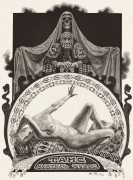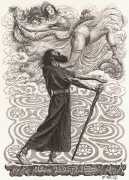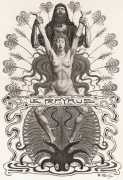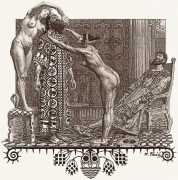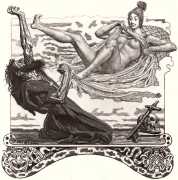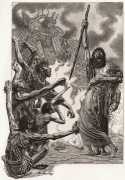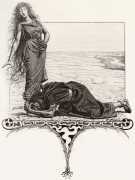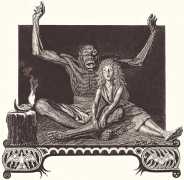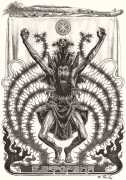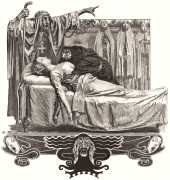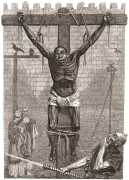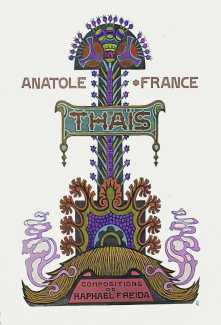 Thaïs, a novel by the French writer Anatole France, was published in 1890. The novel is based on events in the life of Saint Thaïs of Egypt, a legendary convert to Christianity who is said to have lived in the fourth century. The story was also the inspiration for the 1894 opera of the same name by Jules Massenet.
Thaïs, a novel by the French writer Anatole France, was published in 1890. The novel is based on events in the life of Saint Thaïs of Egypt, a legendary convert to Christianity who is said to have lived in the fourth century. The story was also the inspiration for the 1894 opera of the same name by Jules Massenet.
In France’s novel, Paphnuce, an ascetic hermit of the southern Egyptian desert, journeys down the Nile to Alexandria to find Thaïs, the libertine beauty whom he knew as a youth. Masquerading as a smart man about town, he is able to speak with her about life, religion and eternity, and surprisingly he succeeds in converting her to Christianity. Thaïs returns to the desert with Paphnuce, and he becomes fascinated with the details of her former life. He is obsessed by fantasies of her famed beauty, and becomes confused about his own values. Thaïs enters a convent to repent of her sins. Later, as she is dying and can imagine heaven opening before her, Paphnuce comes to her to tell her that her faith is an illusion, and that he truly loves her.
Frieda was commissioned by the Paris publisher A. Plicque & Cie to produce new illustrations for a de luxe edition of Thaïs, and the artist produced a powerful portfolio of dark engravings, showing the eponymous heroine, symbolically naked, being flattered, seduced, and finally overcome by Paphnuce’s incessant attentions.
The Frieda illustrated edition of Thaïs was published by Plicque in a limited numbered edition of 748 copies.


